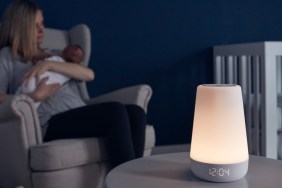Dr. Blake Papsin from the Hospital for Sick Children in Toronto is lead author of the study, and he and his colleagues noted in the journal Pediatrics that any noise (even from a sound-masking white noise machine) can cause hearing loss at a certain level; the ears of infants and young children are more sensitive since higher-frequency sounds get amplified by smaller ear canals.…








